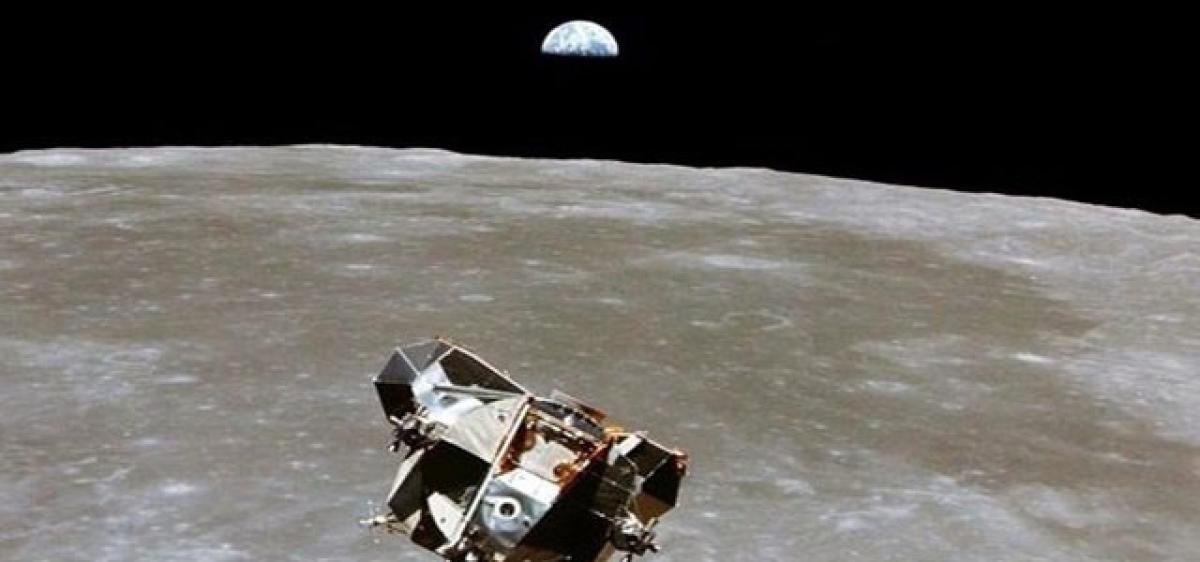Live
- WHO-IARC twisted data -CAMPCO chief
- Karthikeya unveils title logo of ‘Abadameva Jayathe’
- Gaddar’s final masterpiece ‘Ukku Satyagraham’ set for Nov 29 release
- Chandrababu unveils plans for deep technology Iconic Building in Amaravati
- Punjab to host ‘Child Marriage-Free India’ campaign
- Kriti Sanon opens up on nepotism: Talent will always prevail
- Bangladeshi cyber criminals target ISKCON's spiritual media platforms after arrest of Hindu priest
- I am being wrongly implicated, claims Sambhal MLA’s son Suhail Iqbal
- Gururgram: MCG imposes Rs 30.10 lakh fine against 705 people for violating GRAP norms
- PM Modi brought honour to Constitution: Karnataka BJP









